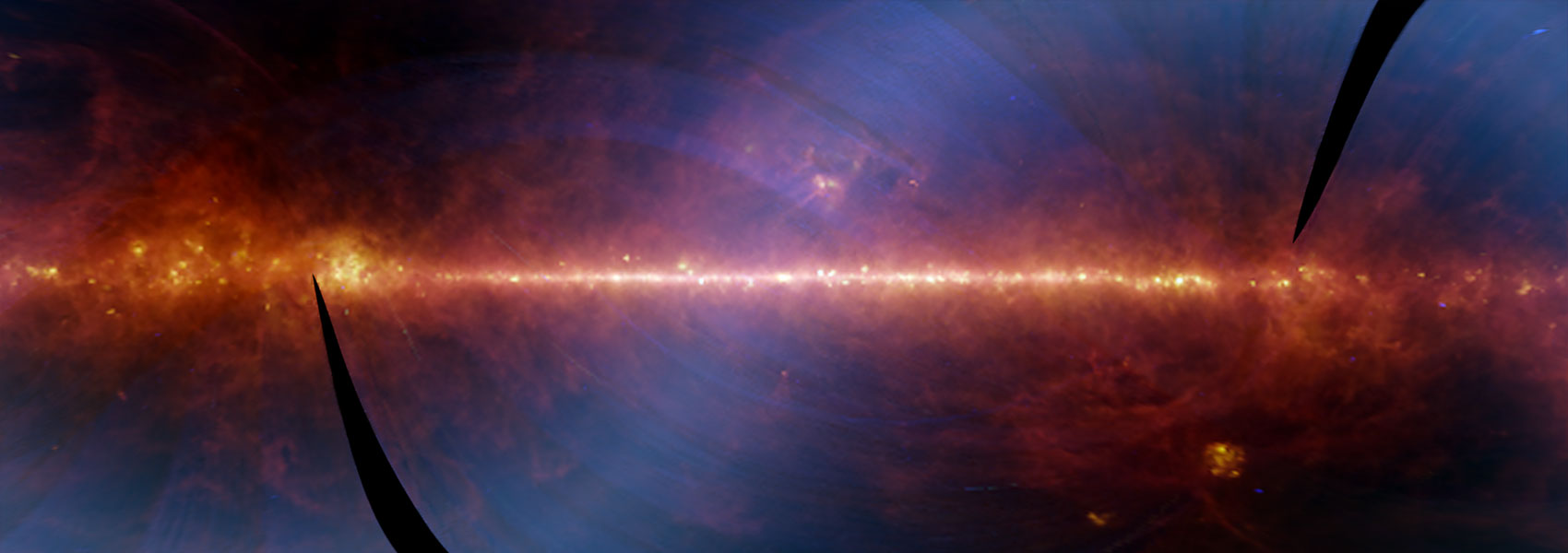July
2020
•
2020ApJ...898...56M
Authors
•
Miller, A. A.
•
Magee, M. R.
•
Polin, A.
•
Maguire, K.
•
Zimmerman, E.
•
Yao, Y.
•
Sollerman, J.
•
Schulze, S.
•
Perley, D. A.
•
Kromer, M.
•
Dhawan, S.
•
Bulla, M.
•
Andreoni, I.
•
Bellm, E. C.
•
De, K.
•
Dekany, R.
•
Delacroix, A.
•
Fremling, C.
•
Gal-Yam, A.
•
Goldstein, D. A.
•
Golkhou, V. Z.
•
Goobar, A.
•
Graham, M. J.
•
Irani, I.
•
Kasliwal, M. M.
•
Kaye, S.
•
Kim, Y. -L.
•
Laher, R. R.
•
Mahabal, A. A.
•
Masci, F. J.
•
Nugent, P. E.
•
Ofek, E.
•
Phinney, E. S.
•
Prentice, S. J.
•
Riddle, R.
•
Rigault, M.
•
Rusholme, B.
•
Schweyer, T.
•
Shupe, D. L.
•
Soumagnac, M. T.
•
Terreran, G.
•
Walters, R.
•
Yan, L.
•
Zolkower, J.
•
Kulkarni, S. R.
Abstract
•
Early observations of Type Ia supernovae (SNe Ia) provide essential clues for understanding the progenitor system that gave rise to the terminal thermonuclear explosion. We present exquisite observations of SN 2019yvq, the second observed SN Ia, after iPTF 14atg, to display an early flash of emission in the ultraviolet (UV) and optical. Our analysis finds that SN 2019yvq was unusual, even when ignoring the initial flash, in that it was moderately underluminous for an SN Ia ( ${M}_{g}\approx -18.5$ mag at peak) yet featured very high absorption velocities ( $v\approx 15{\rm{,0}}00$ km s-1 for Si II λ6355 at peak). We find that many of the observational features of SN 2019yvq, aside from the flash, can be explained if the explosive yield of radioactive 56Ni is relatively low (we measure ${M}_{{56}_{\mathrm{Ni}}}=0.31\pm 0.05\,{M}_{\odot }$ ) and it and other iron-group elements are concentrated in the innermost layers of the ejecta. To explain both the UV/optical flash and peak properties of SN 2019yvq we consider four different models: interaction between the SN ejecta and a nondegenerate companion, extended clumps of 56Ni in the outer ejecta, a double-detonation explosion, and the violent merger of two white dwarfs. Each of these models has shortcomings when compared to the observations; it is clear additional tuning is required to better match SN 2019yvq. In closing, we predict that the nebular spectra of SN 2019yvq will feature either H or He emission, if the ejecta collided with a companion, strong [Ca II] emission, if it was a double detonation, or narrow [O I] emission, if it was due to a violent merger.
Links



